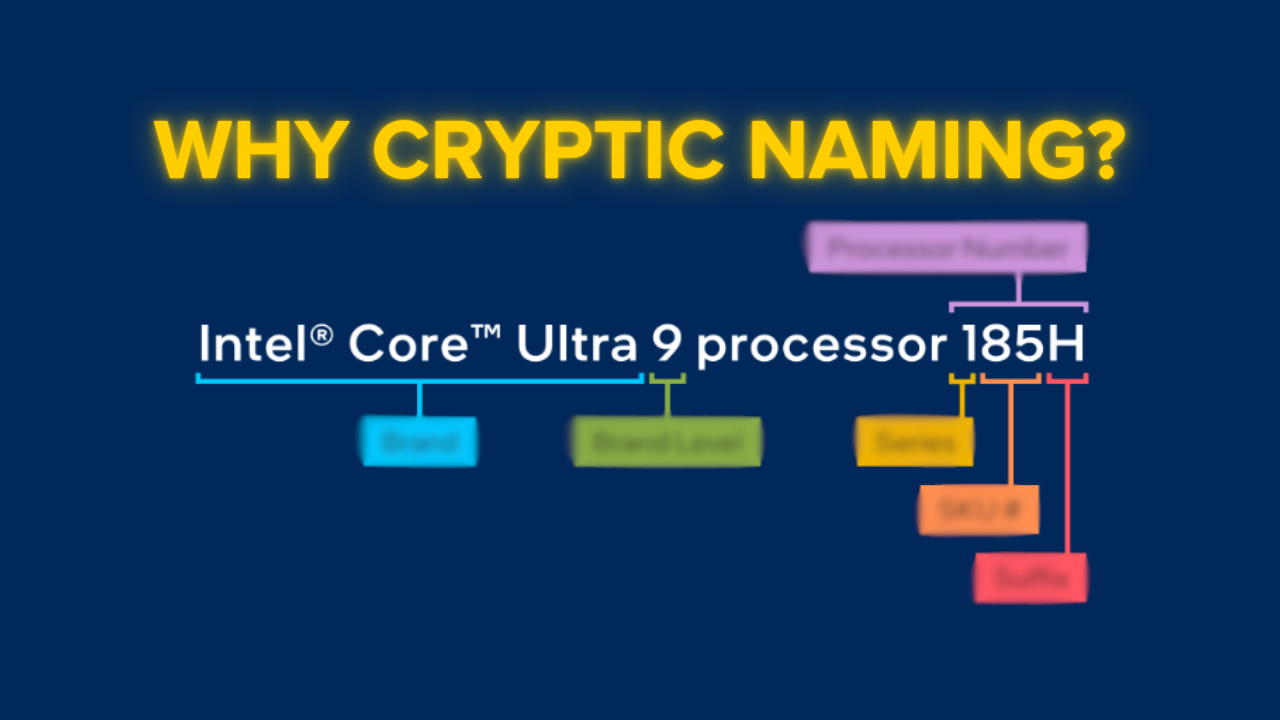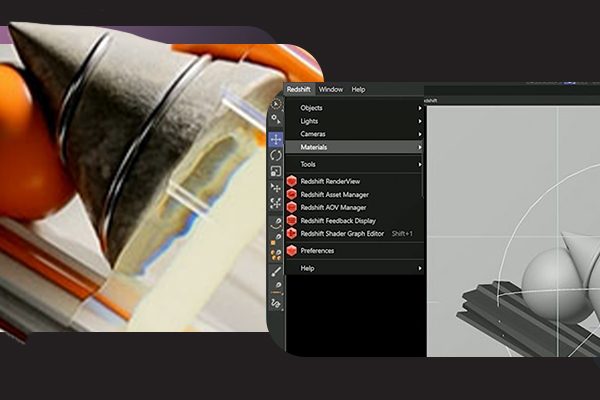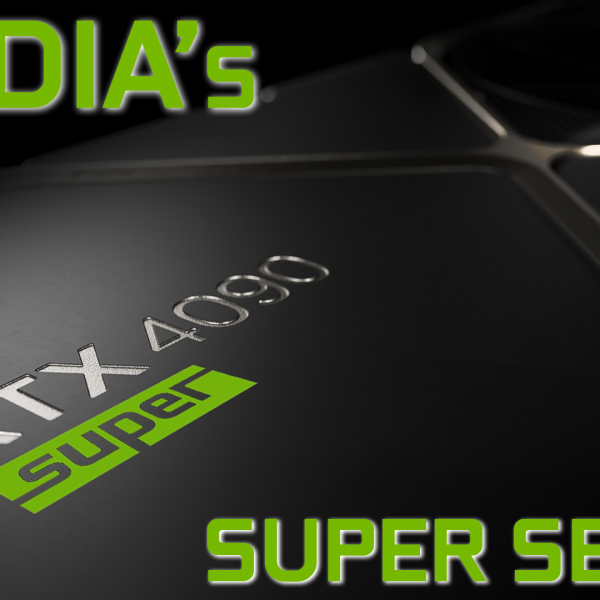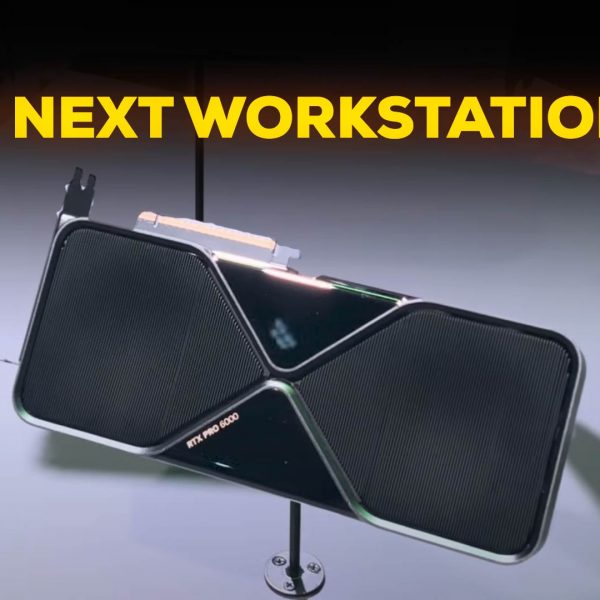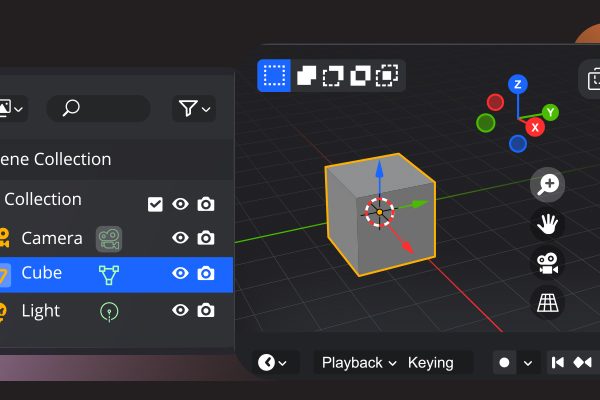Ever wondered about a processor name like “14700K” or “9700X” and thought what does all this mean? Especially when we already have simple names like Ryzen 7 or Intel i7, it feels like the tech world is just throwing numbers and letters at us like confetti. But guess what? Those numbers and letters are actually important—despite how complicated they seem.
Let’s take a closer look.
The Old Days: Simple Rules, Easy Choices
Not too long ago, understanding PC hardware was like a walk in the park. The rule was simple: The higher the number, the better the performance.
Take AMD’s Ryzen series from 2017. You had Ryzen 3, Ryzen 5, and Ryzen 7. These numbers told you exactly where that processor stood in terms of performance—higher numbers = faster chips.
Within the Ryzen 5 family, for example, you had models like 1400, 1500X, and 1600X. The 1600X was the star of the show because it had the highest number. And the “X” at the end? Well, that meant the processor supported overclocking—basically letting you push it beyond its default speed (think of it like boosting your car engine).
But wait—what about that “1” in the 1600X? That’s the generation number. The first generation was the 1600X, and later, we got the 2400X, which was part of the second generation.
This naming setup was straightforward:
- Generation (first few digits)
- Performance (middle digits)
- Letters (special features like overclocking or integrated graphics)
Enter the confusion: A scam in PC Hardware
Fast forward to a couple of years, things started to get tricky. As the CPU market evolved, these simple rules created the biggest confusion in the industry. Consumers, especially those not keeping up with every CPU release, began purchasing Ryzen 7 or Intel i7 chips thinking they were getting the latest and greatest. Reality? Those older models might have been up to 6 to 8 years old -not because they were outdated, but because they simply weren’t that good.
The worst part? Thanks to confusing naming conventions, these outdated processors still looked “premium” on paper, and people fell for it. This is still a huge issue, especially in local markets where “i7” and “Ryzen 7” still sound like top-of-the-line products, even if they’re ancient tech.
Letters: The Code Within the Code
When you look at desktop CPUs, those letters at the end have some clear meanings:
- K or X: Overclocking ability.
- F: No integrated GPU.
- G: Includes integrated GPU.
However in laptops these same letters can create even more complications. Between battery life, slim designs, and overheating risks, manufacturers need to impose power limits to keep running things smoothly. The problem? A laptop with an i7 processor might sound powerful, but it could perform worse than an i5 desktop. Why? Because those slim ultrabooks have to cut down on performance to manage heat.
This is why desktops still outperform laptops by 40-50% at the same price point.
2024: The Confusion Grows worse
In 2024, the CPU industry changed the entire naming scheme. Unfortunately, this change doesn’t seem to provide any new information. Instead, it makes it harder to understand the actual performance.The confusion became so widespread that one manufacturer got their own website’s product name wrong.
And it’s not just CPUs. Monitors, power supply ratings, and even GPUs with different VRAM are all part of the same problem. What used to be a simple way to compare products has now turned into a tactic to mislead customers.
The Real Issue: Misleading the Consumer
In recent years, the naming conventions and features have become so convoluted that it’s nearly impossible to know exactly what you are getting without spending weeks learning about the hardware. As a result, a once-transparent product lineup system is not one of the easiest ways to push subpar products onto consumers.
Unless you’ve dedicated time to learning how hardware affects software, you’re left navigating a sea of misleading names and features.
What’s the solution?
At our company, we understand how overwhelming all this can be. That’s why we’ve built a team of configuration specialists to guide you through the chaos. When it’s time for you to buy a PC in 2025, we’ll make sure you get the right hardware for your budget and needs—no confusion, no misleading names.
Choosing the right PC shouldn’t feel like cracking a code. Stay informed, and make smarter choices with the hardware that works best for you!

